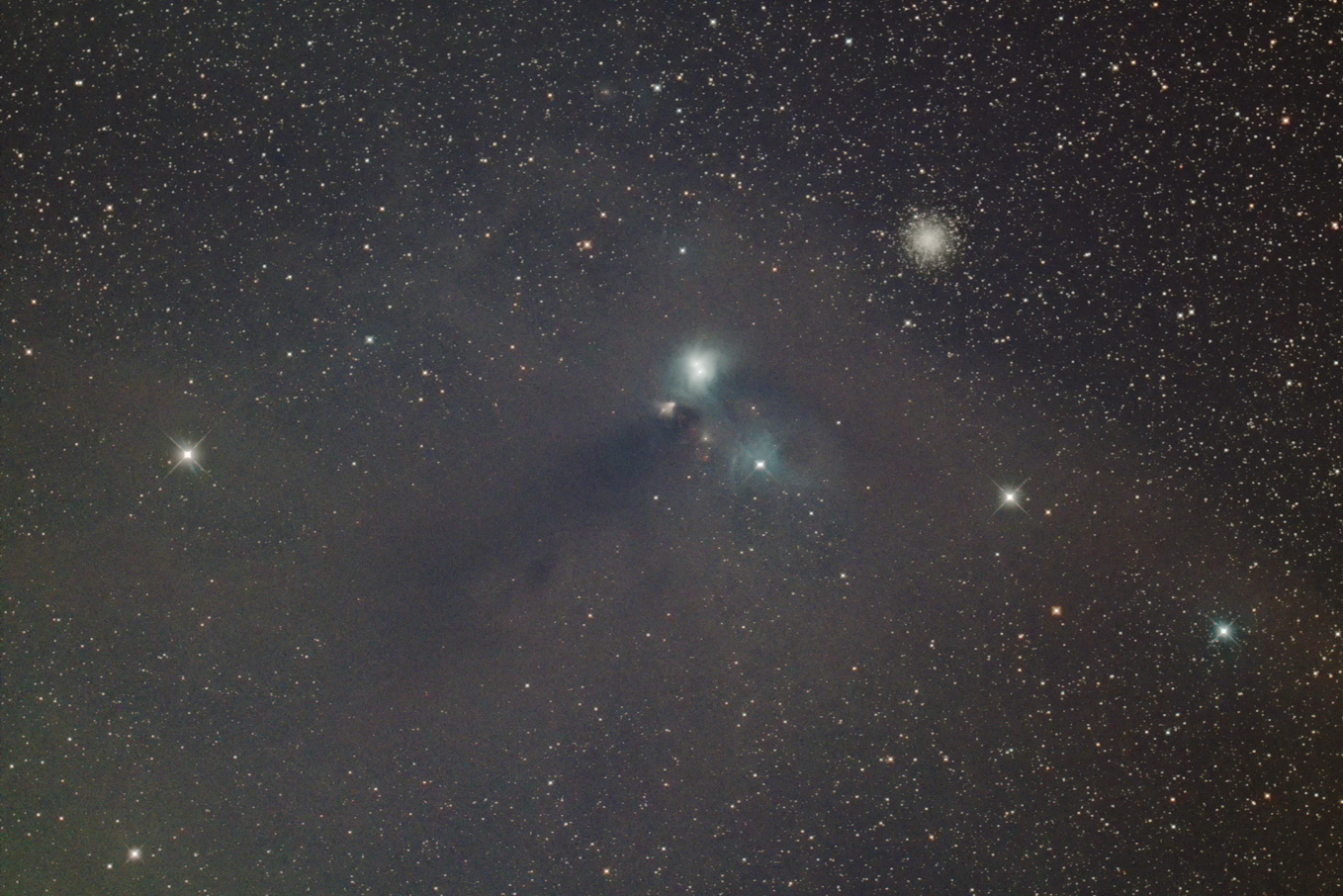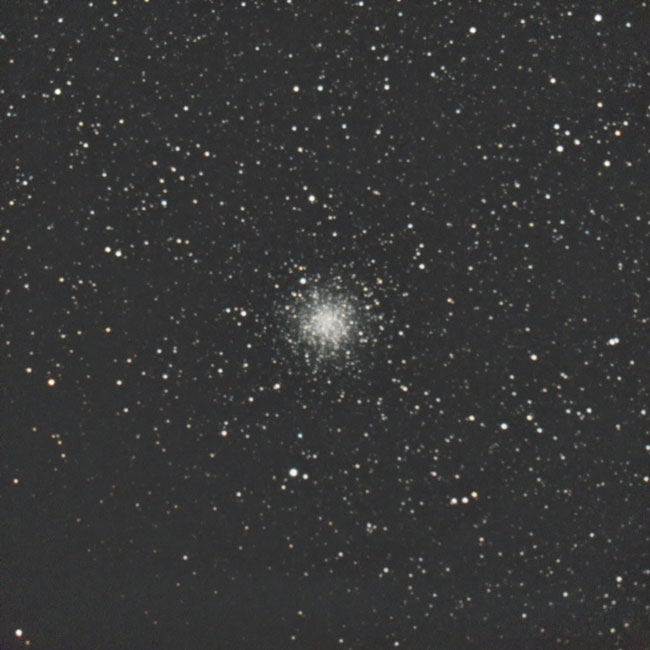
 |
| Date & Time: | Jul 1 2022, from 22:58 to 23:39 JST(+0900) |
| Composed 6 shots with 8 minutes exposed | |
| Optical: | TAKAHASHI 16cm(6.3") epsilon (f=530mm, F3.3) |
| with IDAS LPS-D1 Light-pollution suppression filter | |
| Auto-guided with TAKAHASHI EM-200 Equatorial+Lacerta M-GEN | |
| CMOS Camera: | ZWO ASI2600MC Pro (Cooled temp.: -10°C) |
| Location: | Furudono town, Fukushima pref. |
| Camera Settings: | Recording format...16bit FITS, converted to 16bit TIFF(6248×4176) |
| Device Size...23.5×15.7mm, Gain...100 |
 |
| Date & Time: | Aug 17 2018, from 21:12 to 21:22 JST(+0900) |
| Composed 4 shots with 3 minutes exposed | |
| Optical: | Meade 25cm(10") Schmidt-Cassegrain with conversion lens (f=1600mm, F6.3) |
| with BaaderPlanetarium Moon&Skyglow filter | |
| Auto-guided with Meade LX200 Equatorial & Pictor 201XT | |
| Digital Camera: | Nikon D810A |
| Location: | Ooizumi, Hokuto city, Yamanashi pref. |
| Camera Settings: | Recording Format...14bit CCD-RAW, converted to 16bit TIFF(4080×4080) |
| Device Size...20×20mm | |
| Sensitivity...ISO4000, White Balance...Daylight |
You can enjoy the flow of dark nebulae around the cluster because NGC6723 is lying near the Milky Way in summer. This image shows you that a black patch region has been spread out in south east of the cluster, this is a lump of dark gaseous matter obstructing the background fine stars. And a small-sized and whitish reflection nebulae are positioned at 30 arc minutes ESE of the cluster, which has numbers of NGC6726 and IC4812. The nebulae are glittering by reflecting light of star in front of dark nebula. ⇒ IC4812 & surrounding molecular cloud | |
NGC6712 |
NGC6934 |
| Copyright(c) 2018, 2022 by Naoyuki Kurita, All rights reserved. | |||
| To top page | To Deepsky in Summer index | Sagittarius |